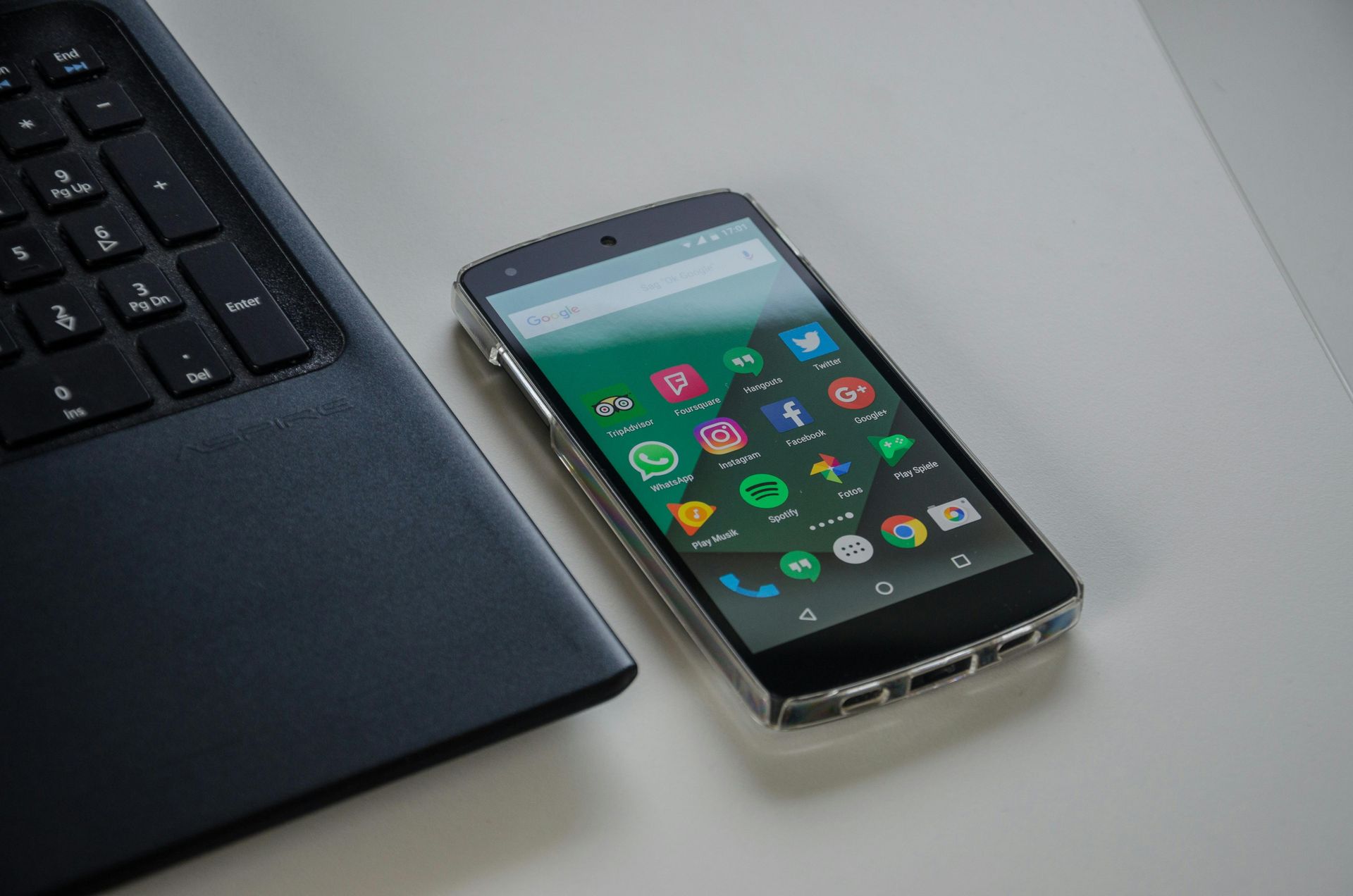Cybersecurity Isn’t Optional—It’s Your Lifeline
Why Digital Protection Is Now a Business Necessity

The High Cost of Inaction
In today's hyperconnected world, cybersecurity isn't a department. It's a lifeline. One breach can drain your finances, break customer trust, and shutter your operations. Businesses of all sizes are targets, and no industry is immune. If you think you're too small or not "interesting enough" to get hacked, you're exactly the type of target attackers love.
Gone are the days when cybersecurity was just an IT concern. It’s now a core business issue that touches marketing, operations, finance, and leadership. If your digital environment isn’t protected, neither is your brand.
1. The Real Threat Landscape
Cyber threats today are more sophisticated, frequent, and damaging than ever. From ransomware and phishing to insider threats and supply chain attacks, the methods are evolving faster than many businesses can keep up.
Key stats to consider:
- A cyberattack occurs every 39 seconds.
- 60% of small companies go out of business within six months of a breach.
- The average cost of a data breach in 2023 was $4.45 million.
It's not paranoia. It's preparation.
2. Cybersecurity Is Business Continuity
If your operations depend on data and software (and they do), cybersecurity is your business continuity plan. Attacks don’t just damage your files—they can halt production, interrupt sales, and destroy customer data. That means lost revenue, downtime, and reputation damage.
Protective measures include:
- Cloud backups
- Disaster recovery plans
- Endpoint protection
Cybersecurity isn’t just digital armor. It’s the lock on your digital front door.
3. Your Brand Reputation Depends on Security
One data leak is all it takes to lose consumer trust. In a world of social media and review sites, the damage spreads fast and deep.
Customers expect that their data will be handled securely. And when it’s not, they don’t just leave—they tell everyone why. Reputation damage is hard to quantify but nearly impossible to reverse.
Best practices:
- Encrypt customer data
- Use secure payment gateways
- Be transparent about security policies
4. Compliance Isn’t Optional Either
Regulations like GDPR, HIPAA, CCPA, and others are no longer new. They are enforced. Failing to meet compliance can result in huge fines, lawsuits, or the inability to operate in certain markets.
A secure business must:
- Understand applicable laws
- Conduct regular audits
- Maintain documentation and security logs
Cybersecurity supports compliance. Compliance supports your license to operate.
5. The Rise of Remote Work Has Opened New Doors (Literally)
The hybrid workplace is here to stay, but it’s introduced vulnerabilities: home Wi-Fi, personal devices, and unsecured networks. If your employees are working remotely, your risk perimeter has expanded.
Solutions include:
- VPNs
- Multi-factor authentication (MFA)
- Remote monitoring and endpoint security
It’s not about restricting access. It’s about securing it.
6. Human Error Is Still the #1 Threat
Despite all the high-tech solutions, people are still the weakest link. Clicking the wrong email, using a weak password, or ignoring update prompts are all open invitations for hackers.
How to strengthen your people:
- Run phishing simulations
- Provide regular cybersecurity training
- Implement password managers and policy enforcement
A culture of security awareness is more effective than any single tool.
7. Small Businesses Are Prime Targets
Think hackers only go after Fortune 500 companies? Think again. Small and medium-sized businesses (SMBs) often lack advanced security infrastructure, making them ideal targets.
Hackers know you probably don’t have a full-time IT team. They count on it.
Ways to stay protected:
- Outsource to a managed security provider
- Use cloud-based security tools
- Invest in cybersecurity insurance
8. AI and Automation: A Double-Edged Sword
AI can help detect anomalies, automate responses, and reduce threat dwell time. But it’s also being used by attackers to craft smarter, more targeted exploits.
Defensive uses of AI include:
- Behavioral analytics
- Threat detection and response (EDR/XDR)
- Automated log analysis and alerting
It’s a race—and AI is on both sides.
9. Cybersecurity Is a Growth Enabler
Far from being a cost center, strong cybersecurity can be your competitive edge. When customers know their data is safe, they buy with confidence.
You can market your security. It can be a differentiator.
- Show off compliance certifications
- Add trust badges
- Build it into your sales narrative
Safe businesses grow faster. Secure platforms scale easier.
10. Build a Security-First Culture
Cybersecurity is everyone’s job. That includes:
- Leadership
- HR
- Marketing
- Finance
A secure organization trains every employee, revisits protocols regularly, and rewards security-conscious behavior.
Culture beats software. Every time.
Final Thoughts: Protect Now or Pay Later
The question isn’t whether you need cybersecurity. It’s whether you can survive without it. Every click, every login, every customer touchpoint is an opportunity to protect or expose your business.
At Proshark, we help businesses build cybersecurity frameworks that scale with them. Whether you're just starting out or upgrading existing protocols, our team is here to make sure your digital future is safe, secure, and resilient.
Cybersecurity isn’t optional anymore. It’s your lifeline.
Let’s protect it.







